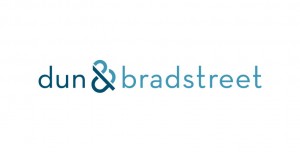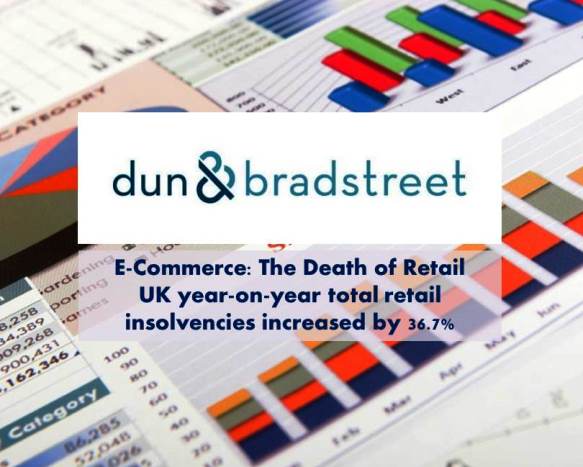New data released by Dun & Bradstreet has revealed that year-on-year, the number of companies liquidated in the three months to June rose to 4,148 from 3,372 of the same period the previous year, an increase of 23%.
Dun & Bradstreet’s UK Q2 Industry Report, which looks at data from April to June, found Retail and Construction to be the sectors most susceptible and at high risk of failure & payment delinquency. Of all the sectors, Retail Trade recorded the sharpest increase in the number of liquidations in Q2, up by 23.5% on Q1.
Year-on-year total retail insolvencies increased by 36.7%, and a robust increase in retail sales over the same period was not enough to prevent a quarterly rise in the number of bankruptcies. The data also revealed a small but noticeable rise in the number of construction companies liquidating in Q2. Overall, 688 companies liquidated in Q2, compared with 662 in Q1.
Commenting on the results, Markus Kuger, Senior Economist at Dun and Bradstreet, said: “With uncertainty rising over the next months, ahead of the final stages of the Brexit negotiations, we expect retail sales growth to remain modest in the quarters ahead as consumer spending continues to be restrained. A slowdown in sales growth means that the number of liquidations could rise in the coming quarters. Indeed, the uncertainty surrounding the retail sales outlook remains high. However, the still-low unemployment rate will continue to provide a boost to domestic sales volumes.”
“The construction industry plays an important role in the UK economy; the entire sector contributes some £90bn in gross value added to the UK economy and supports 2.9m jobs. Lower momentum in this sector is likely to weigh on real GDP growth in the quarters ahead.
 “With the number of insolvencies increasing, especially for the UK’s retail and construction companies, businesses should keep a close eye on the Brexit negotiations as international trade and investment regulations will depend on their outcome in the long term. It’s also important to monitor the UK’s payments performance, which has been poorer than the European average for several quarters, as this could have a detrimental impact on a business’ finances and increase its risk of failure”
“With the number of insolvencies increasing, especially for the UK’s retail and construction companies, businesses should keep a close eye on the Brexit negotiations as international trade and investment regulations will depend on their outcome in the long term. It’s also important to monitor the UK’s payments performance, which has been poorer than the European average for several quarters, as this could have a detrimental impact on a business’ finances and increase its risk of failure”
Source: Dun & Bradstreet United Kingdom


























